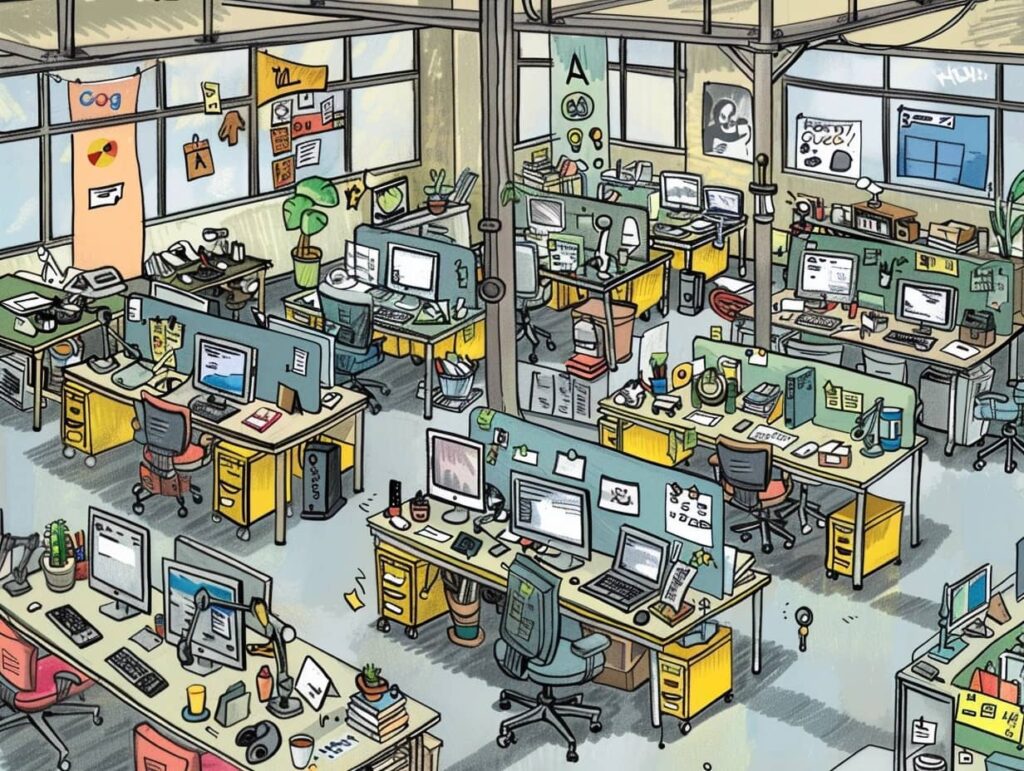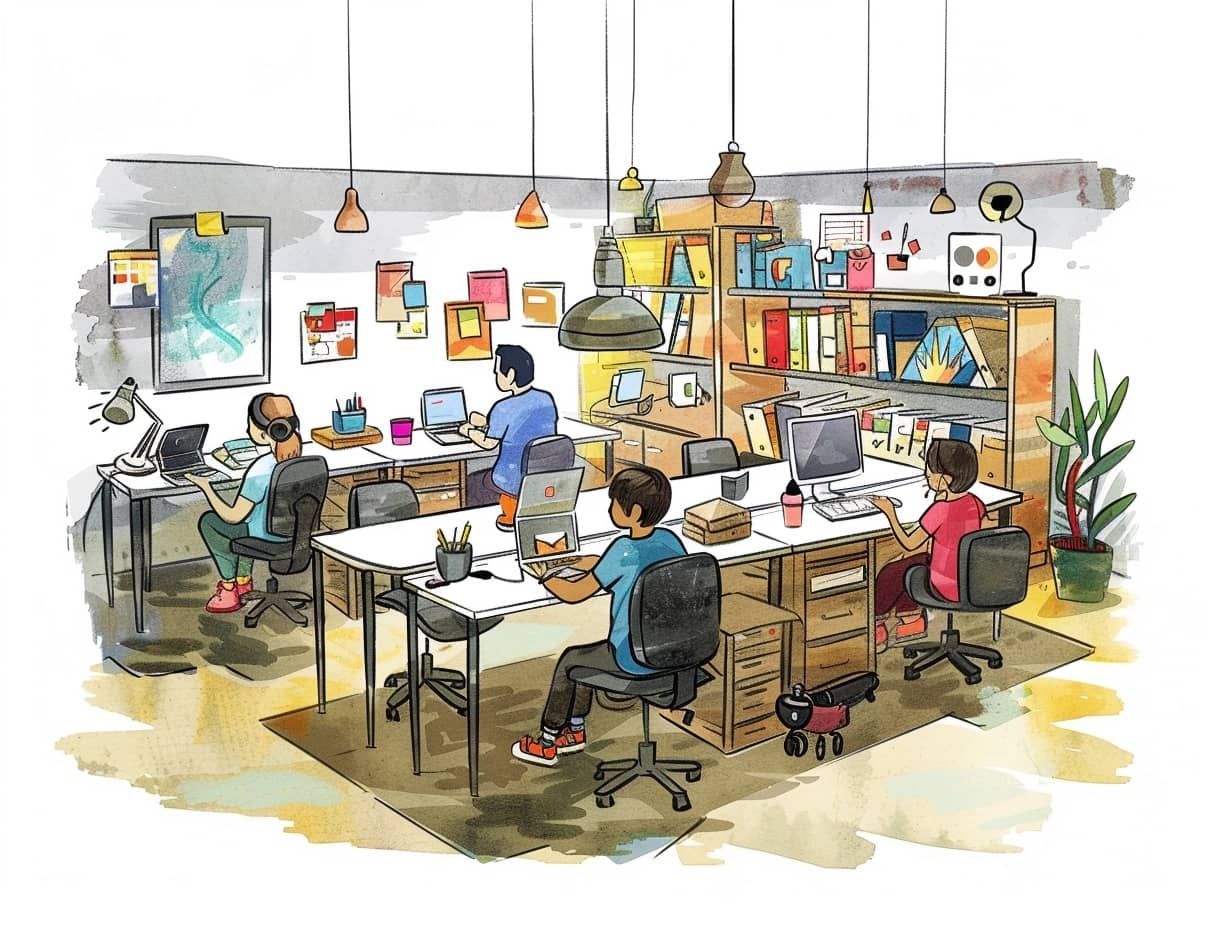How Google’s 20% Time Can Help Your Business
Time for creative thinking can be at odds with getting stuff done. But it doesn’t have to be that way.
When it comes to innovation, both business and individuals face a paradox: creativity requires space to explore, experiment, and ponder. Great insights can’t be scheduled.
They arise instead in non-linear ways, from ambling walks in the park and days filled with white space on the calendar.
The businesses that benefit from innovation, by contrast, require the opposite. They require focused work on clear objectives, clear processes, and linear, convergent, ways of thinking.
What is Google’s 20% Time?
So how can you have the best of both worlds? How can you promote innovation and protect productive efficiency? In the early days, innovative companies like 3M and Google came up with an elegant solution: encourage employees to take Innovation Time Off (ITO) to generate new ideas.
At 3M, they called it the “15 percent time” policy, a policy that is said to have led to the discovery of the Post It note. At Google, they called it the “20 percent time” policy, a policy that is said to have resulted in the creation of Gmail.
The Challenges of a 20% Time
Despite the brilliance of these early solutions, few companies have adopted them. And, at Google, fewer employees now take advantage of the “20 percent policy,” not because of some top-down change but because it often doesn’t make sense for the advancement of their career to do so.
It’s a change that goes back to the paradox of innovation.
As one Google employee told me, “As we get bigger and our customers get louder, we have to listen to them. We have to ask: how do we balance innovation with getting critical customer-requested features done or satisfying the demands of our large enterprise customers?”
How To Create Time for Innovation at Your Company

Urgent business demands will almost always take priority over carving out white space for innovation. So how can businesses and individuals create time for innovation while staying aligned with core business objectives?
Here are three strategies.
1. When you do make time for innovation, clear away all distractions.
Consider Intel. Their engineers complained of not having enough time and space to think and be creative. So they piloted a policy called “thinking time.”
Each Tuesday morning, employees were encouraged to take their work offline. They cancelled meetings, forwarded calls to voicemail, and put up an away message on email. Some even put up a “do not disturb” sign on their door.
This might sound radical. But the Intel policy arose from a powerful insight. Carving out space for innovation only works if we also carve out space from distraction — from email, social media, texts, and the thousands of other digital alerts and notifications calling for our attention.
Without space from distraction, “thinking time” quickly devolves into “mindless distraction time,” which offers about as much business value as binge watching shows on Netflix.
2. Connect innovation time off to core business objectives.
Why do Google employees find it increasingly difficult to take advantage of the “20 percent time” policy? Why hasn’t every innovation-based company adopted similar policies?
The short answer: it’s often unclear how innovation time off translates into meeting core business objectives.
The way to overcome this challenge is to inject a bit more linear, process-oriented, business thinking into the case for innovation time off.
Against the backdrop of the modern business world, it’s too much of a stretch to say, “I’m going to spend 20 percent of my time waiting for the next big idea to strike.” It’s much less of a stretch to say, “I’m going to spend one day a week for the next month thinking through an alternative approach that could increase efficiency and save us millions of dollars over the long run.”
3. Start small
PixelSpoke, a web design and digital marketing firm, wanted to give its employees time for innovation and creative thinking, and yet as a small firm, they couldn’t afford to offer employees anything like the 20 percent solution at Google.
So they started small by adopting a practice from the Entrepreneurial Operating System (EOS) called the “clarity break.”
It’s a time when employees have the opportunity to, in PixelSpoke CEO Cameron Madill’s words, “go outside with nothing but a pad of paper and spend an hour thinking creatively.”
The great thing about practices like the “clarity break” is that they minimize the disruptive impact of innovation time off. And yet they still carve out a space for undistracted, uninterrupted, creative thinking.
The theme running throughout all of these strategies is this: for innovation time off to work, it’s essential to balance the nonlinear, divergent, nature of innovation with the linear demands of running a business.
Too much open space for innovation can lead to a decline in productivity and a failure to meet customer needs. Too much emphasis on meeting stated business objectives can lead to a stale creative culture, where the obsession with execution pushes aside innovation.
Each business and indeed each individual has their own perfect point of balance between productivity and innovation — a point that can only be discovered through trial and error.
Once you find it, either as a business or as an individual, you have a rare competitive advantage: the unique ability to mix innovation with focused productivity.
This article was originally published on inc.com.







